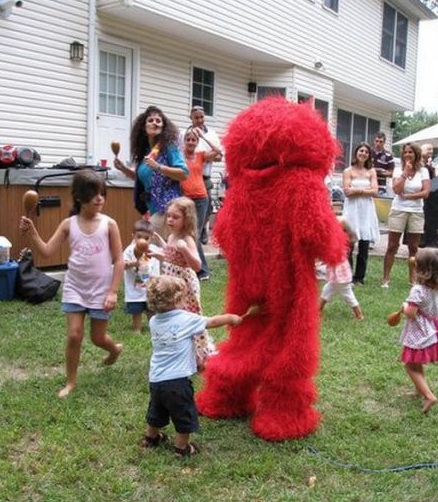I was asked today about the approach to bullying in schools.
Most schools these days have an anti bullying policy. This is good from an organisational script point of view. It says to the students and and others who work there that the organisation does not accept bullying as OK behaviour. It makes a statement about what is alright behaviour. This is good in that it creates a culture where bullying behaviour is not accepted overtly but more importantly covertly.
It however does not solve or psychologically deal with bullying behaviour at an individual level. In fact in one way it makes it worse. The bully and the victim set up a particular type of relationship where one party adopts the superior position and the other adopts the inferior position. Bullying cannot occur for any length of time unless this relationship dynamic is established between the two parties.
Then we get to the hard part. If the organisation (school) becomes aware of bullying occurring it steps in and stops it in one way or another with varying degrees of success. The problem with this is it does not address the relationship dynamics of both parties, more importantly the psychological basis of the person who adopts the inferior position in the bullying relationship.
For that dynamic to stop the victim has to in some way say to the bully “I am not a victim or I will no longer take the inferior position in such relationships”. That most often requires the victim to confront the bully by himself in some form. This of course is much easier said than done but I am not aware of another way the victim can put a stop to it at a psychological level. If he/she does then bullying will no longer be a problem in any significant way. If the victim changes their psychological position in this way then the superior – inferior dynamic cannot be set up again and hence the person will not suffer any more significant bullying. Again the bullying relationship cannot occur for any significant period of time unless one party adopts the superior position and one party adopts the inferior position in the relationship.
If the school takes over and stops the bullying then the victim does not have an opportunity to change their position in the bullying relationship. Both parties will probably be educated in some form but that rarely changes the basic psychological positions of both parties.
Basically the victim has to do something it finds hard if not very hard to do. If it was easy they would have already done it. The victim has to gain the sense of “I can stop this on my own.” This is rarely allowed to happen as kind minded people will step in and want to protect the more vulnerably party. A most understandable thing to do but it does not allow the problem to be solved at a psychological level. And hence it ends up as a band aid solution that still leaves the person vulnerable in the same way for similar relationship dynamics to be set up later in life.
The solution being suggested here is reflective of one of the main parenting problems in current day society. How and when do you let a child suffer on its own? The parents stand back and let the child tough it out on its own. If a child does this, that is good for the self esteem because they know they have done it on their own. If a child is never allowed to, it never develops a good level of resilience and the self esteem suffers.
But if the parents never come and support the child it most likely will develop a sense of alienation and abandonment, suffer anxiety of some kind and have the belief that “You always have to do things on you own.” If the parents are always there to help the child in difficult times it will never develop a sense of and the skills of resilience and lack self esteem in this way. It will also have separation and individuation problems because whenever time get tough it will need to go to the parents for guidance.
As is so often the case with parenting there is no definitive answer, there are just a series of opinions on how to manage the child. Counselling parents in such situations I would suggest they look at the circumstances impacting on the child in the specific situation, obviously the age of the child and the natural temperament of the child. These factors will determine how much the parents intervene. For example if a child has a natural “Be strong” temperament then it can handle more on its own.
From a therapy point of view the other factor to consider is the personality of the mother (and father). How a child deals with bullying is determined in part how a parent deals with their feelings about their child being bullied. Will the parent let the child sort it out for self or will they intervene at a high level.
As any child therapist knows the ‘client’ is the child and the parent child relationship. They are a package deal. In this circumstance the therapist is looking at the goodness of fit.
Strong mother – strong child = good fit for no bullying
Passive mother – strong child = Ok fit for no bullying
Strong mother – passive child = bad fit for bullying to occur
Passive mother – passive child = worst fit for bullying to occur
Victim life position: I-U+
Bully life position: I-U- –



